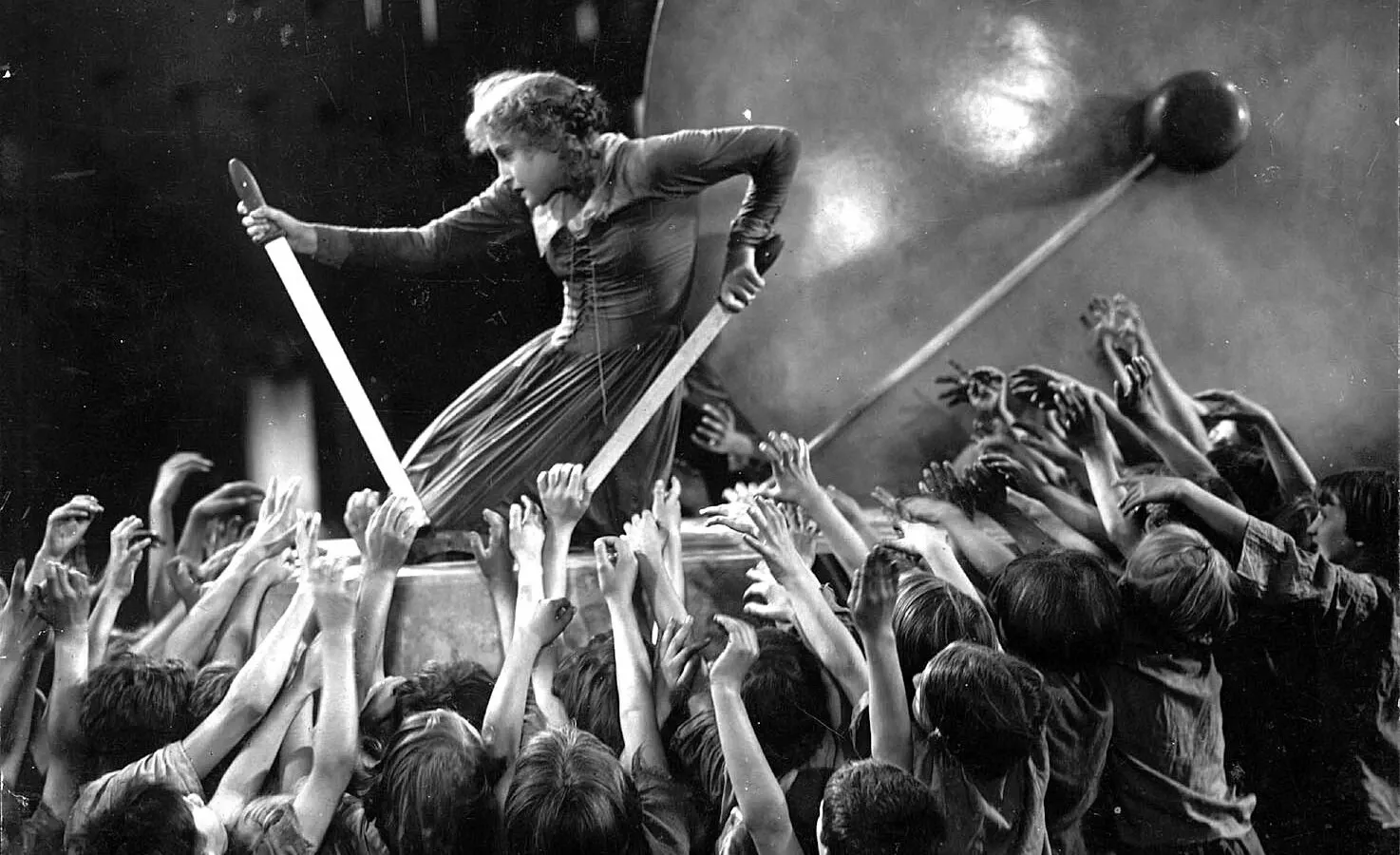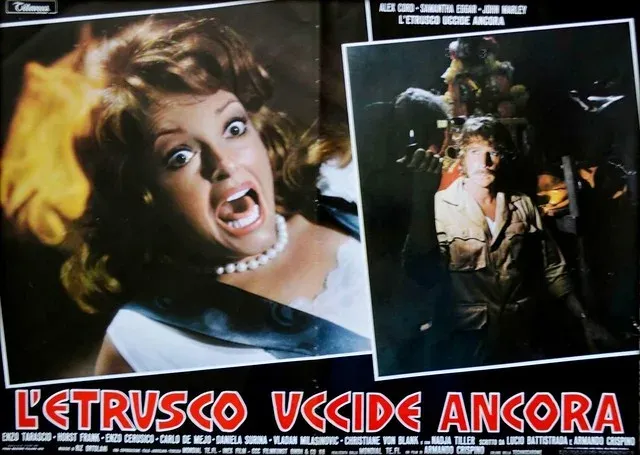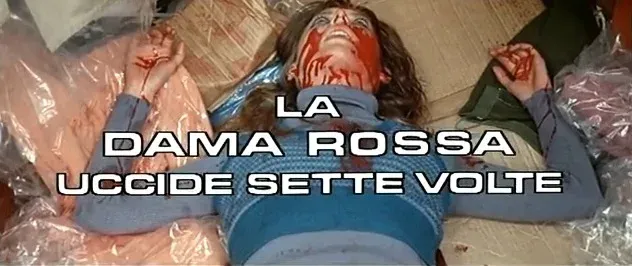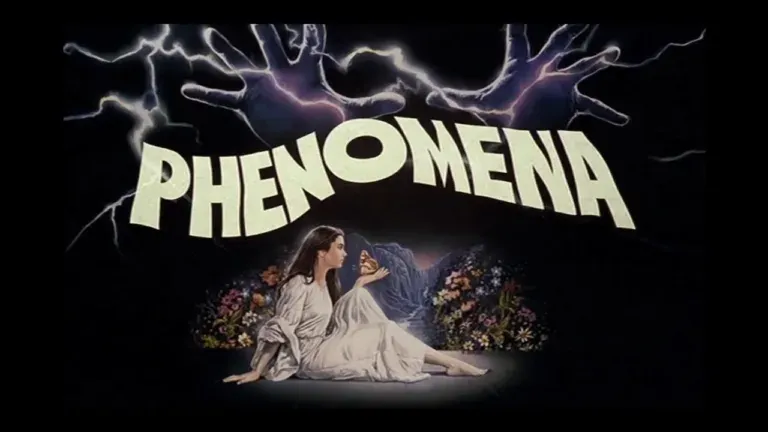Metropolis
“Metropolis” is a 1927 film directed by Fritz Lang, considered one of the masterpieces of silent cinema and an icon of the science fiction genre. The plot unfolds in a futuristic society divided into two classes: the working class, who live and work in the underground depths of the city, and the ruling class, who live in luxury above ground. The film follows the story of a young son of the ruling class, Freder, who discovers the injustices of society and seeks to remedy them.
“Metropolis” is renowned for its visionary set design, featuring a futuristic metropolis and towering buildings that represent the distinction between social classes. Iconic images from the film, such as the female robot Maria and the city skyline, have had a lasting impact on popular culture and the science fiction imagination.
An interesting fact is that the film had a troubled history after its release. The original two-and-a-half-hour version was heavily edited after its initial screening, resulting in the loss of many scenes. For decades, various versions of the film circulated with different lengths and content. In 2008, an almost complete version of the film was discovered in Argentina, allowing for the restoration of much of the missing material.
Another curiosity is related to its influence on subsequent works. “Metropolis” has inspired numerous directors, artists, and writers, influencing the science fiction genre and the visual representation of the future in cinema. Works such as Ridley Scott’s “Blade Runner” and the Wachowskis’ “The Matrix” have been directly influenced by “Metropolis.”
Furthermore, the film’s original soundtrack has been lost over time. Over the years, various scores have been used to accompany the film in its various versions and restorations, adding further layers to its history and reception by audiences..







